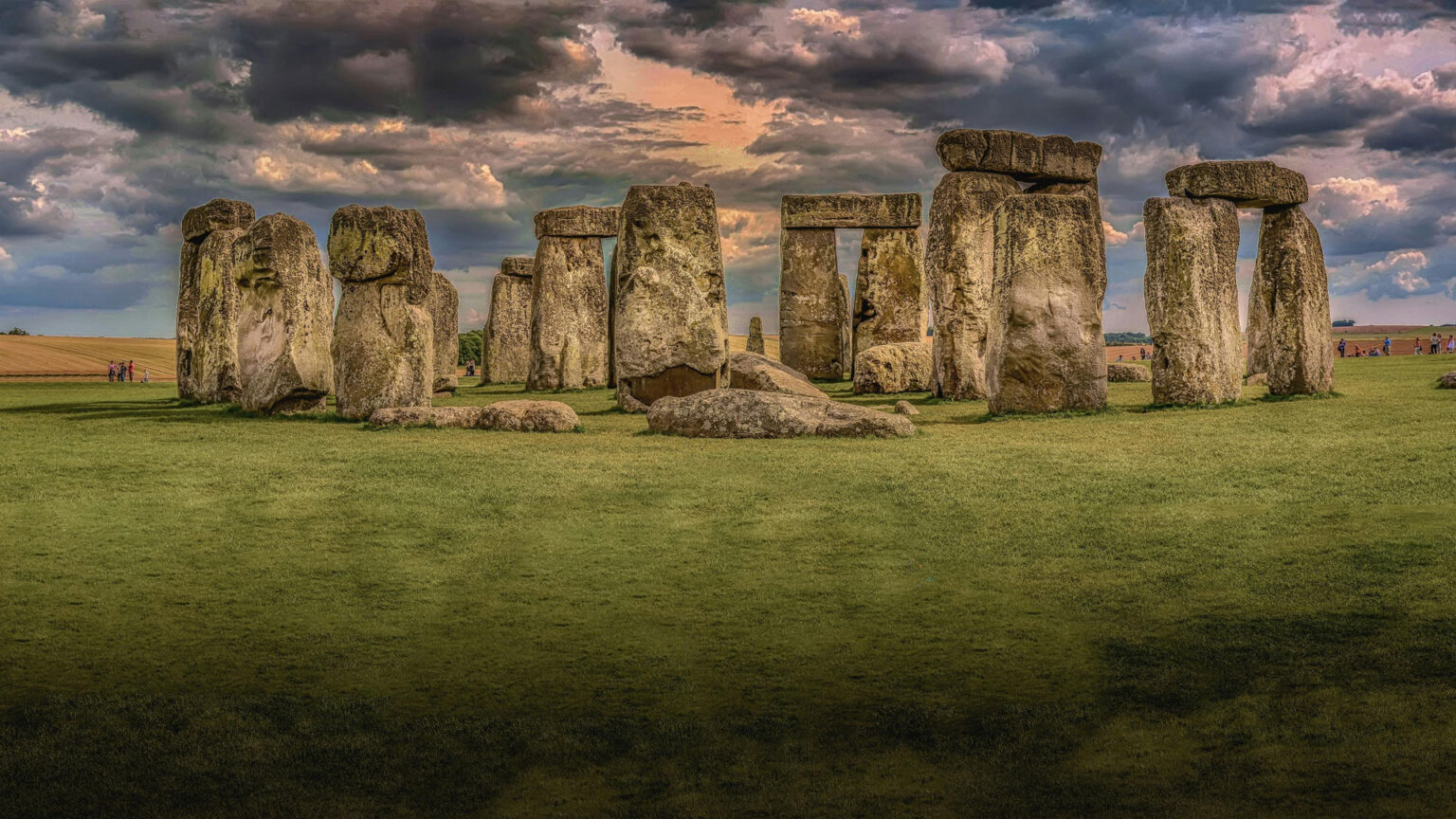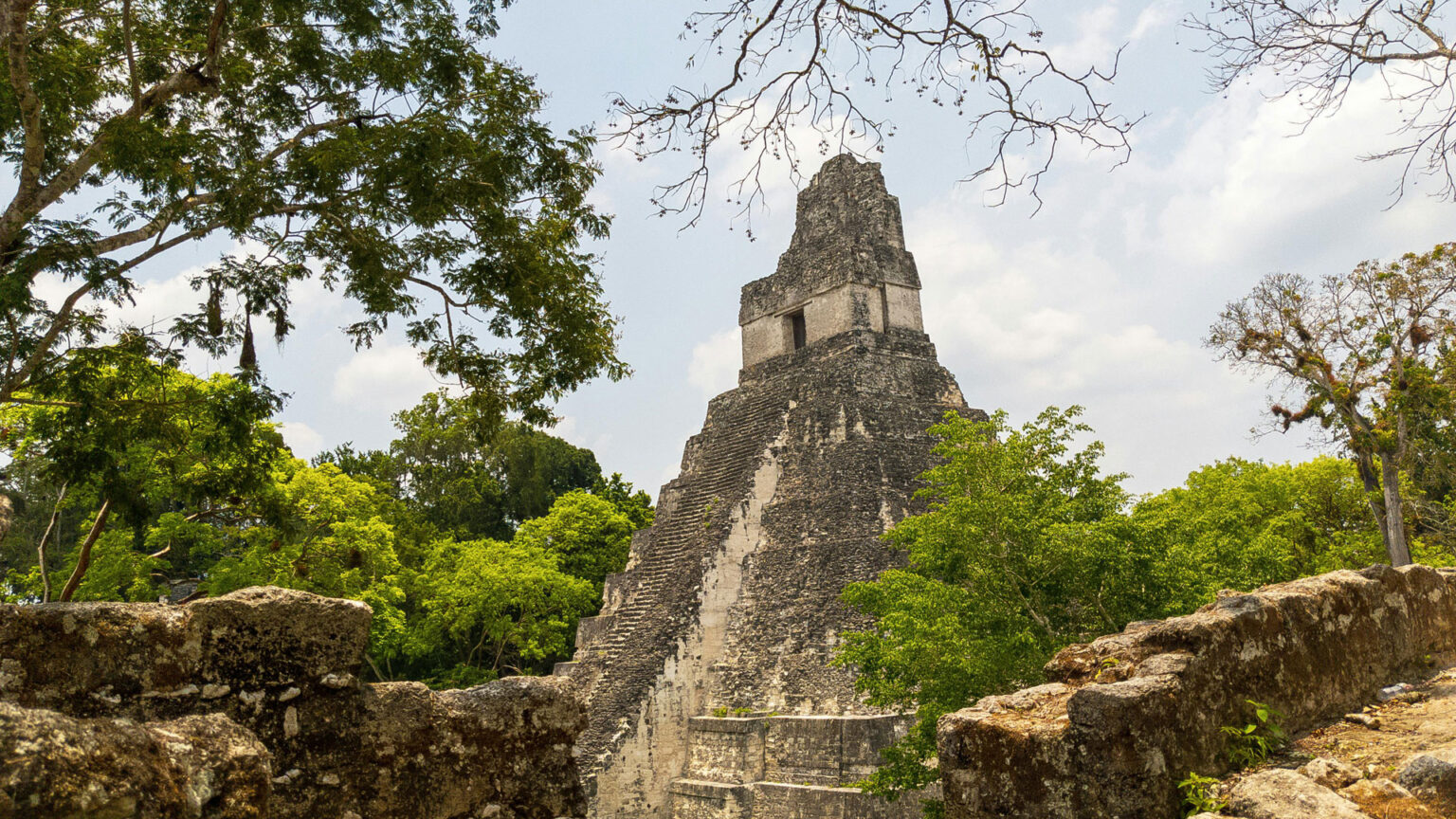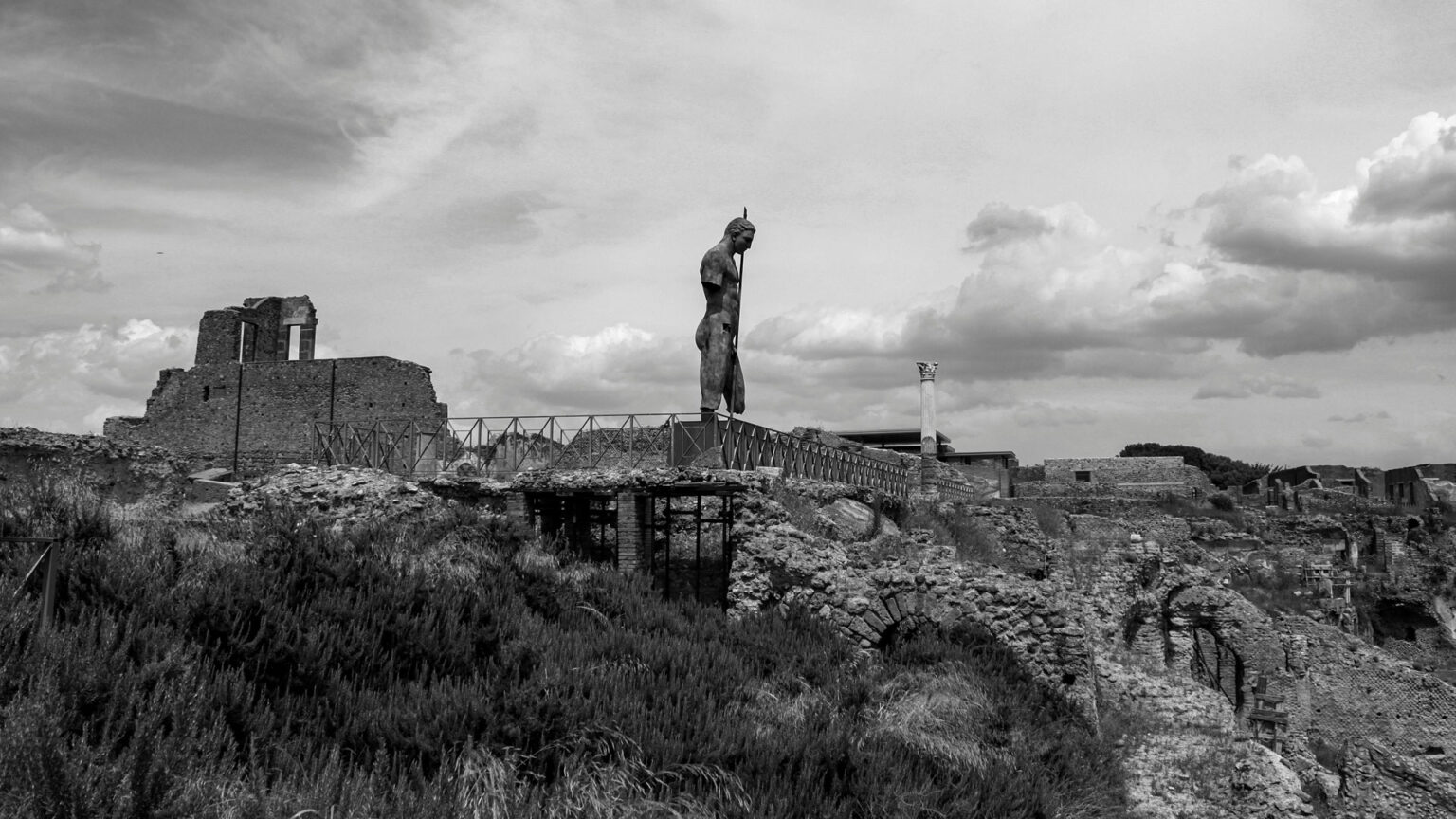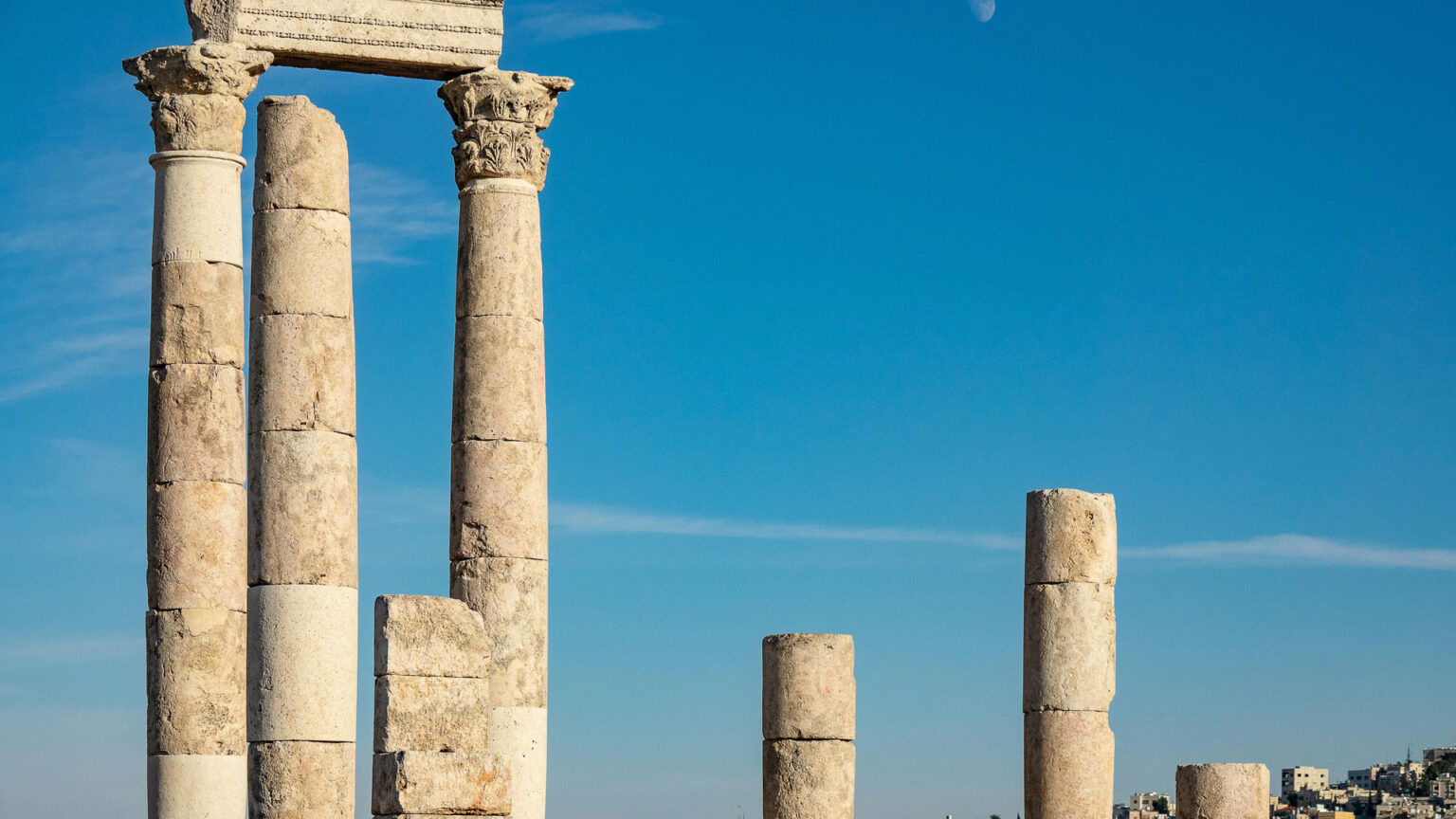Introduction to the Stonehenge Mystery

Introduction to the Stonehenge Mystery is a journey into the heart of one of the world’s most fascinating ancient monuments. Located in the rolling hills of Wiltshire, England, Stonehenge has captivated the imagination of people for centuries. This enigmatic structure, shrouded in mystery and intrigue, has sparked intense debate and curiosity among historians, archaeologists, and enthusiasts alike.
As we delve into the Introduction to the Stonehenge Mystery, it becomes clear that this ancient wonder has a rich and complex history spanning thousands of years. The earliest phase of Stonehenge, dating back to around 3000 BCE, consisted of a circular ditch and bank enclosure. Over the centuries, the structure evolved, with the addition of the iconic sarsen stones, weighing up to 50 tons, and the smaller bluestones, transported from Wales.
The significance of Stonehenge lies not only in its architectural grandeur but also in its spiritual and cultural importance. This sacred site has been a place of worship, burial, and celebration for countless generations. The alignment of the stones with celestial bodies and the summer solstice sunrise has led many to believe that Stonehenge was an ancient astronomical observatory.
Uncovering the secrets and theories surrounding Stonehenge is crucial to understanding the motivations and beliefs of our ancient ancestors. As we explore the Introduction to the Stonehenge Mystery, we begin to unravel the tangled threads of history, mythology, and folklore that have shrouded this enigmatic monument for centuries. By examining the archaeological evidence, historical records, and theoretical perspectives, we can gain a deeper insight into the mysteries of Stonehenge.
Theories abound, from the practical to the esoteric, each attempting to explain the purpose and meaning behind Stonehenge. Was it a place of healing, a center of spiritual power, or simply a monumental tomb for a long-forgotten king? As we navigate the Introduction to the Stonehenge Mystery, we are reminded that the truth, much like the stones themselves, remains shrouded in mystery, waiting to be uncovered.
The Ancient Construction: A Testament to Ingenuity
The Ancient Construction of Stonehenge is a testament to the ingenuity and skill of the ancient builders who created this iconic monument.
Stages of Construction
The construction process, which spanned several generations, can be divided into several stages:
- Initial stage (around 3000 BCE): Creation of a circular ditch and bank enclosure.
- Subsequent stages: Introduction of the sarsen stones (weighing up to 50 tons) and the smaller bluestones (transported from Wales).
Engineering Techniques and Skills
The ancient builders employed innovative techniques to transport and place the massive stones, using:
- Ramps
- Pulleys
- Levers
They also developed sophisticated tools, such as:
- Stone mauls
- Wedges
Precision and Accuracy
The precision and accuracy of the stones’ placement demonstrate advanced knowledge of:
- Mathematics
- Geometry
- Astronomy
The alignment of the stones with celestial bodies and the summer solstice sunrise showcases a deep understanding of astronomical events.
Legacy of Ingenuity
The Ancient Construction of Stonehenge continues to inspire wonder and awe, cementing its place as one of the most impressive architectural achievements in history. The ingenuity and skill of the ancient builders are also evident in the structure’s durability and longevity. Despite standing for over 4,500 years, Stonehenge remains an iconic and awe-inspiring monument, a testament to the ingenuity and skill of its creators.
Theories and Interpretations: Unveiling the Purpose
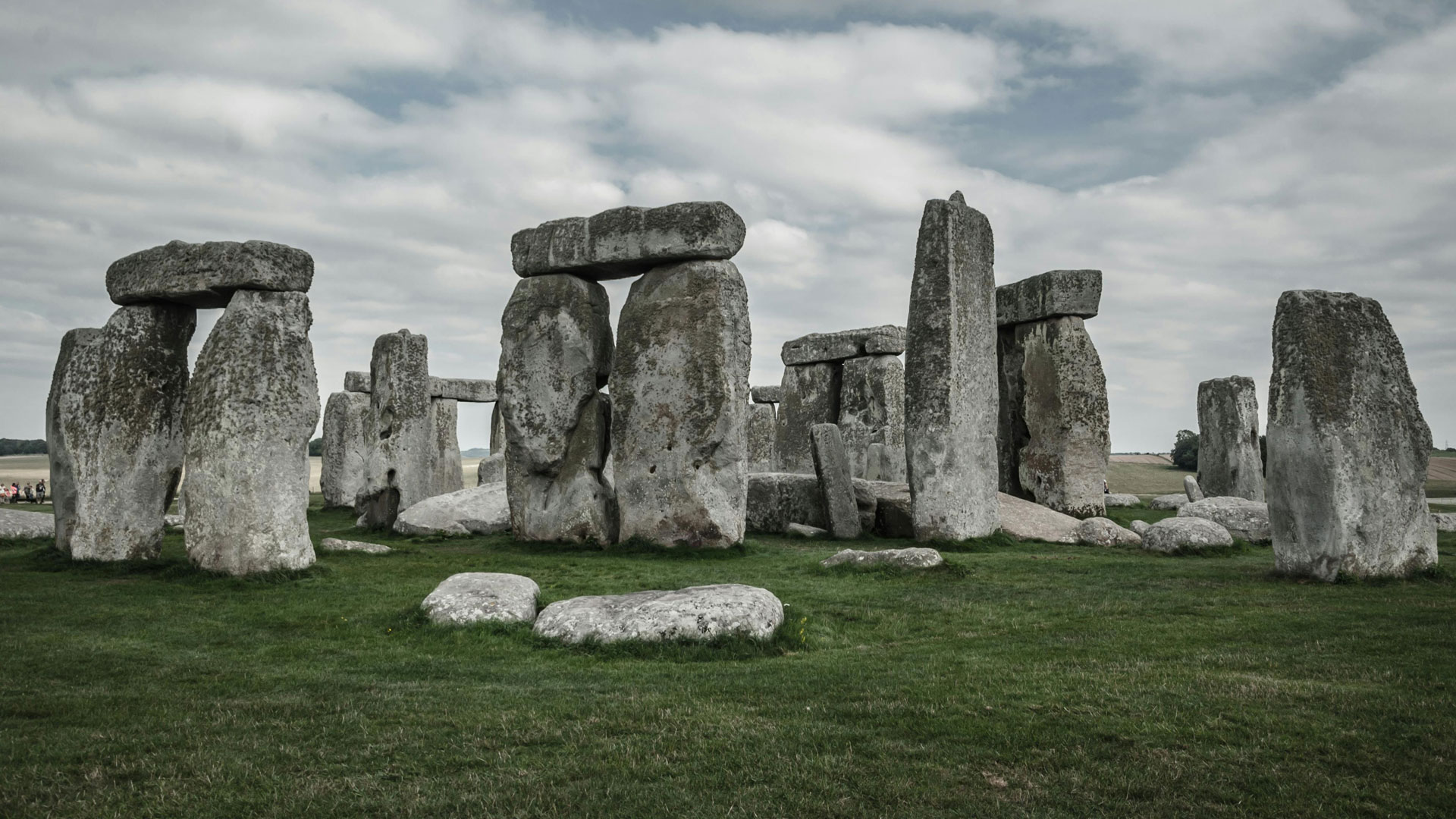
Theories and Interpretations of Stonehenge have abounded for centuries, as scholars and enthusiasts attempt to unveil the purpose of this enigmatic monument. While the true intention of the ancient builders remains a mystery, several compelling theories have emerged:
Astronomical Observatory Theory
Stonehenge’s alignment with celestial bodies, such as the summer solstice sunrise, has led many to believe that it served as an ancient astronomical observatory. The precise alignment of the stones with the movements of the sun, moon, and stars suggests a deep understanding of astronomy and mathematics. This theory is supported by the fact that the alignment of the stones corresponds to various celestial events, such as solar and lunar eclipses.
Sacred Burial Ground Theory
The discovery of human remains and burial sites within Stonehenge has led some to believe that it was a sacred burial ground for ancient leaders or nobles. The elaborate construction and precise alignment of the stones may have been intended to honor the deceased and ensure their safe passage into the afterlife. This theory is supported by the presence of burial mounds and artifacts found within the site.
Healing Center Theory
Some researchers have suggested that Stonehenge was a healing center, where ancient Britons would come to seek spiritual and physical healing. The unique energy and alignment of the stones may have been believed to possess therapeutic properties. This theory is supported by the presence of sacred springs and mineral-rich water sources nearby.
Other Theories and Interpretations
Other theories and interpretations of Stonehenge include:
- A place of spiritual or religious worship, where ancient Britons would come to connect with the divine
- A center of political or social power, where ancient leaders would hold ceremonies and gatherings
- A monument to commemorate a significant event or battle, such as a victory over a rival tribe
- A gateway to the afterlife or spiritual realm, where the ancient Britons believed they could communicate with the dead
Additionally, some researchers have proposed more esoteric theories, such as:
- A site for ancient rituals and sacrifices
- A place of ancient wisdom and knowledge, where spiritual leaders would share their insights
- A connection to other ancient monuments and sites, such as Avebury and Silbury Hill
While these theories and interpretations offer valuable insights, the true purpose of Stonehenge remains a mystery, leaving us to continue exploring and unraveling the secrets of this ancient wonder.
Unsettling Secrets: Uncovering the Truth
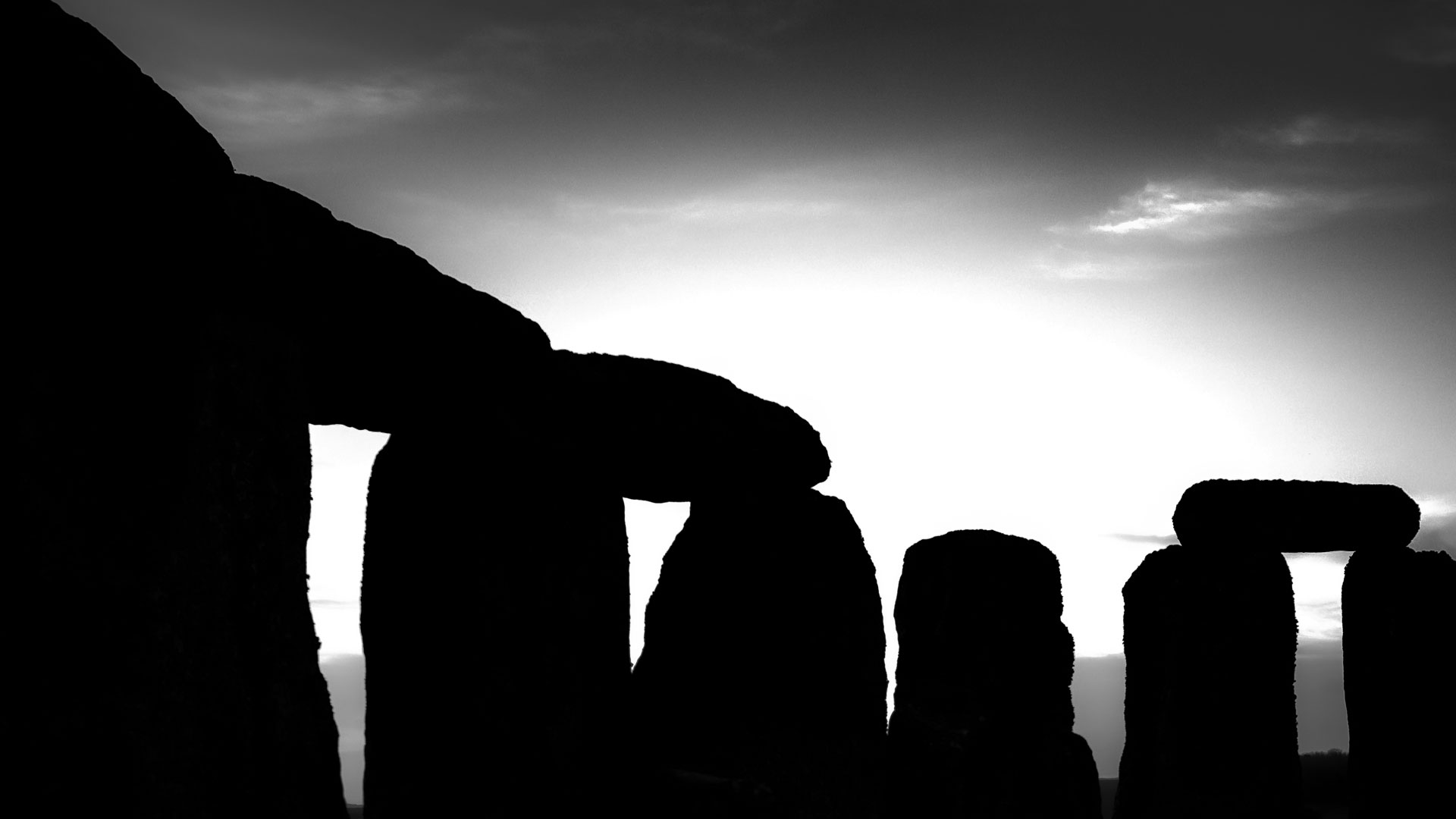
Unsettling Secrets of Stonehenge have long been shrouded in mystery and intrigue. As we delve deeper into the truth, we uncover evidence of:
Evidence of Human Sacrifices
Archaeological findings suggest that human sacrifices may have taken place at Stonehenge. The discovery of human remains, including decapitated skulls and dismembered bodies, hints at a darker purpose behind the monument’s construction.
Unexplained Energy Readings and Paranormal Activity
Visitors and researchers have reported strange energy readings and paranormal activity at Stonehenge, including:
- Unexplained electromagnetic pulses
- Ghostly apparitions and shadow figures
- Disembodied voices and strange sounds
- Unusual temperature fluctuations
These phenomena have been documented and witnessed by numerous individuals, leaving many to wonder if Stonehenge is a hub for otherworldly activity.
Hidden Chambers and Secret Passages
Rumors of hidden chambers and secret passages within Stonehenge have long been debated. While some claim to have found evidence of these hidden spaces, others remain skeptical. Could there be truth to these claims, or are they merely the stuff of legend?
Other Unsettling Secrets and Mysteries
Other unsettling secrets and mysteries surrounding Stonehenge include:
- The presence of strange symbols and glyphs etched into the stones
- Reports of strange lights and orbs seen around the monument
- The unexplained movement of the stones themselves
- The eerie feeling of being watched or followed while visiting the site
As we continue to uncover the truth behind Stonehenge, we are reminded that some secrets may be better left unspoken. The mysteries and unsettling secrets surrounding this ancient monument only add to its allure, leaving us to wonder what lies beneath the surface.
The Transportation of the Stones: A Remarkable Achievement
The transportation of the stones to Stonehenge is a remarkable achievement that continues to fascinate and intrigue us. The distance and difficulty of transporting these massive stones are a testament to the ingenuity and determination of the ancient Britons.
The Distance and Difficulty of Transporting the Stones
The stones used to build Stonehenge came from quarries located in Wales, over 150 miles away. The journey was arduous, with the stones having to be transported across:
- Rivers: The ancient Britons had to navigate the stones across rivers, using rafts or ferries.
- Hills: The stones had to be pulled up steep hills, using ramps and pulleys.
- Valleys: The stones had to be transported through valleys, using sleds and levers.
The largest stones, weighing up to 50 tons, presented the greatest challenge. The ancient Britons had to use a combination of manpower, animal power, and simple machines to move these massive stones.
The Methods and Tools Used for Transportation
The ancient Britons employed simple yet effective methods and tools to transport the stones, including:
- Wooden sleds: Used to move the stones along flat surfaces.
- Ramps: Used to pull the stones up hills and inclines.
- Ropes and pulleys: Used to lift and move the stones.
- Levers and fulcrums: Used to pivot and maneuver the stones.
- Manpower: Hundreds of workers were needed to pull and push the stones.
- Animal power: Oxen and other animals were used to pull the stones.
These methods allowed them to move the stones with precision and accuracy, often using only the force of gravity and human ingenuity.
The Precision and Accuracy Required for Placement
The placement of the stones required incredible precision and accuracy. The stones had to be positioned in a specific pattern, with some aligned to the solstices and equinoxes. The builders achieved this precision using:
- Astronomical observations: To align the stones with celestial bodies.
- Geometric calculations: To ensure the stones fit together perfectly.
- Trial and error: To test and refine their methods.
The result is a testament to their skill and knowledge, with the stones fitting together with incredible precision, some joints as small as 1/50th of an inch.
The Precision of the Stones: A Testament to Ancient Knowledge
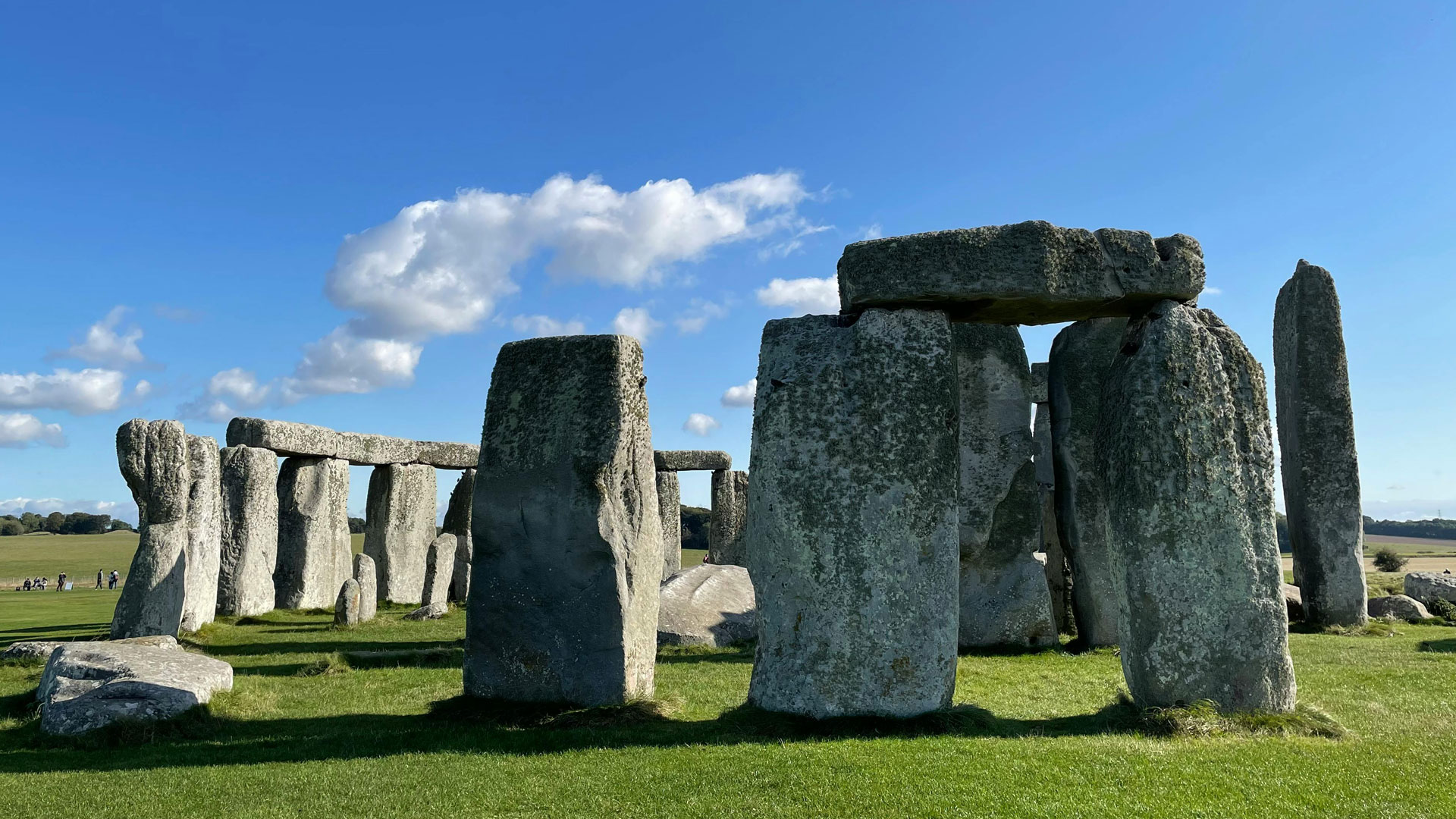
The precision of the stones at Stonehenge is a testament to the advanced knowledge and skills of the ancient Britons. The alignment and placement of the stones demonstrate a deep understanding of geometry, mathematics, and astronomy.
The Precision of the Stones’ Alignment and Placement
The stones at Stonehenge are aligned with incredible precision, with some joints as small as 1/50th of an inch. The alignment of the stones corresponds to various celestial bodies and events, such as:
- The summer solstice sunrise: The alignment of the stones allows sunlight to enter the center of the monument on the summer solstice.
- The winter solstice sunset: The alignment of the stones allows sunlight to enter the center of the monument on the winter solstice.
- The equinoxes: The alignment of the stones corresponds to the equinoxes, when day and night are equal in length.
- The movements of the stars and constellations: The alignment of the stones corresponds to various stars and constellations, such as the constellation of Orion.
The placement of the stones also demonstrates a sophisticated understanding of geometry and spatial relationships, including:
- Geometric shapes: The stones form various geometric shapes, such as circles, triangles, and rectangles.
- Symmetry: The stones are placed with symmetry in mind, creating a sense of balance and harmony.
- Proportions: The stones are placed in proportion to each other, creating a sense of harmony and balance.
The Knowledge of Geometry and Mathematics Required
The construction of Stonehenge required advanced knowledge of geometry and mathematics, including:
- Understanding of pi (π) and circular geometry: The ancient Britons had to understand the concept of pi and circular geometry to construct the circular shape of Stonehenge.
- Knowledge of trigonometry and triangulation: The ancient Britons had to understand trigonometry and triangulation to place the stones in precise alignment.
- Ability to calculate and construct complex shapes and patterns: The ancient Britons had to be able to calculate and construct complex shapes and patterns, such as the geometric shapes formed by the stones.
- Understanding of spatial relationships and proportions: The ancient Britons had to understand spatial relationships and proportions to place the stones in harmony with each other.
The Significance of the Stones’ Precision
The precision of the stones at Stonehenge holds significant importance, demonstrating:
- Advanced knowledge and skills of the ancient Britons: The precision of the stones demonstrates the advanced knowledge and skills of the ancient Britons.
- Sophisticated understanding of astronomy and celestial events: The alignment of the stones corresponds to various celestial bodies and events, demonstrating a sophisticated understanding of astronomy.
- Ability to construct complex and precise structures: The construction of Stonehenge demonstrates the ability to construct complex and precise structures.
- Connection to spiritual and religious beliefs: The precision of the stones may have held spiritual or religious significance, connecting the ancient Britons to the divine.
Astronomical Alignments: A Connection to the Cosmos

Stonehenge’s astronomical alignments reveal a deep connection to the cosmos, demonstrating the ancient Britons’ understanding of celestial bodies and events.
The Alignment of Stonehenge with Celestial Bodies and Events
Stonehenge is aligned with various celestial bodies and events, including:
- Summer solstice sunrise: The alignment of the stones allows sunlight to enter the center of the monument on the summer solstice, marking the longest day of the year.
- Winter solstice sunset: The alignment of the stones allows sunlight to enter the center of the monument on the winter solstice, marking the shortest day of the year.
- Equinoxes: The alignment of the stones corresponds to the equinoxes, when day and night are equal in length, marking the beginning of spring and autumn.
- Stars and constellations: The alignment of the stones corresponds to various stars and constellations, such as the constellation of Orion, which was important to ancient cultures.
The Significance of the Summer Solstice Sunrise Alignment
The summer solstice sunrise alignment is particularly significant, as it:
- Marks the peak of the sun’s power and the longest day of the year
- May have been used to track the passage of time and the seasons
- May have held spiritual or religious significance, such as the celebration of the sun god
- Demonstrates the ancient Britons’ understanding of the solar cycle and the Earth’s tilt
Other Astronomical Alignments and Connections
Other astronomical alignments and connections at Stonehenge include:
- Lunar alignments: The alignment of the stones corresponds to various lunar events, such as the full moon and new moon, demonstrating an understanding of the lunar cycle.
- Planetary alignments: The alignment of the stones corresponds to various planetary events, such as planetary conjunctions, demonstrating an understanding of the planetary movements.
- Cosmic cycles: The alignment of the stones may be connected to cosmic cycles, such as the precession of the equinoxes, demonstrating an understanding of the Earth’s movement in the universe.
These astronomical alignments demonstrate the ancient Britons’ advanced understanding of the cosmos and their connection to the universe, showcasing their ingenuity, knowledge, and spirituality.
Sacred Geometry: Unlocking the Symbolism of Stonehenge

Stonehenge’s design is rooted in sacred geometry, using geometric patterns and shapes to convey symbolism and meaning.
The Geometric Patterns and Shapes Used in Stonehenge’s Design
Stonehenge features various geometric patterns and shapes, including:
- Circles: Representing unity, wholeness, and infinity
- Triangles: Representing balance, harmony, and trinity
- Squares: Representing stability, structure, and materiality
- Spirals: Representing growth, transformation, and evolution
- Pentagons: Representing protection, balance, and harmony
The Symbolism and Meaning Behind the Geometric Patterns
The geometric patterns at Stonehenge hold symbolic meaning, including:
- Connection to the cosmos and celestial bodies
- Representation of the cycles of nature and life
- Symbolism of spiritual growth and transformation
- Representation of the balance and harmony in the universe
- Connection to ancient cultures and traditions
The Connection to Other Ancient Cultures and Traditions
Stonehenge’s use of sacred geometry connects it to other ancient cultures and traditions, including:
- Ancient Egyptian pyramids and temples
- Greek and Roman architecture
- Celtic and Druidic traditions
- Ancient Mesopotamian and Sumerian cultures
- Sacred geometry in art and architecture worldwide
These connections demonstrate a shared understanding of the symbolic power of geometric patterns and shapes, transcending time and culture.
Conclusion
Stonehenge, a prehistoric monument in England, has fascinated people for centuries with its mysterious purpose, intricate design, and astronomical alignments. Through our exploration, we have uncovered:
- Theories and interpretations of Stonehenge’s purpose, including astronomical observatory, sacred burial ground, and healing center.
- Unsettling secrets, such as evidence of human sacrifices, unexplained energy readings, and hidden chambers.
- The remarkable achievement of transporting and placing the stones with precision and accuracy.
- Astronomical alignments, including the summer solstice sunrise and connections to celestial bodies and events.
- Sacred geometry, featuring geometric patterns and shapes that convey symbolism and meaning.
Stonehenge’s significance extends beyond its physical structure, representing a connection to the cosmos, nature, and human culture. Its mysteries continue to inspire curiosity, research, and wonder, ensuring its place as one of the world’s most fascinating ancient monuments.

